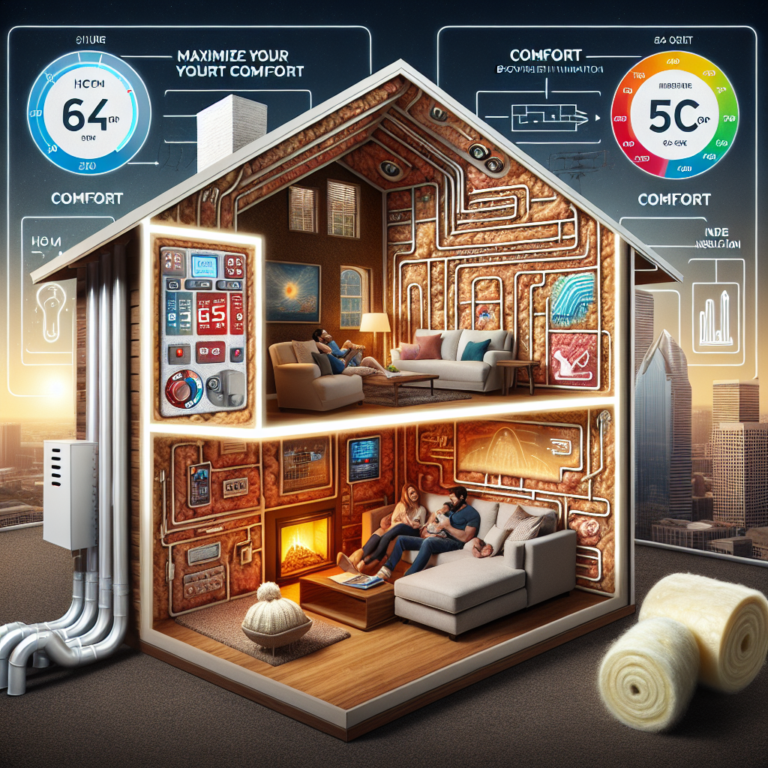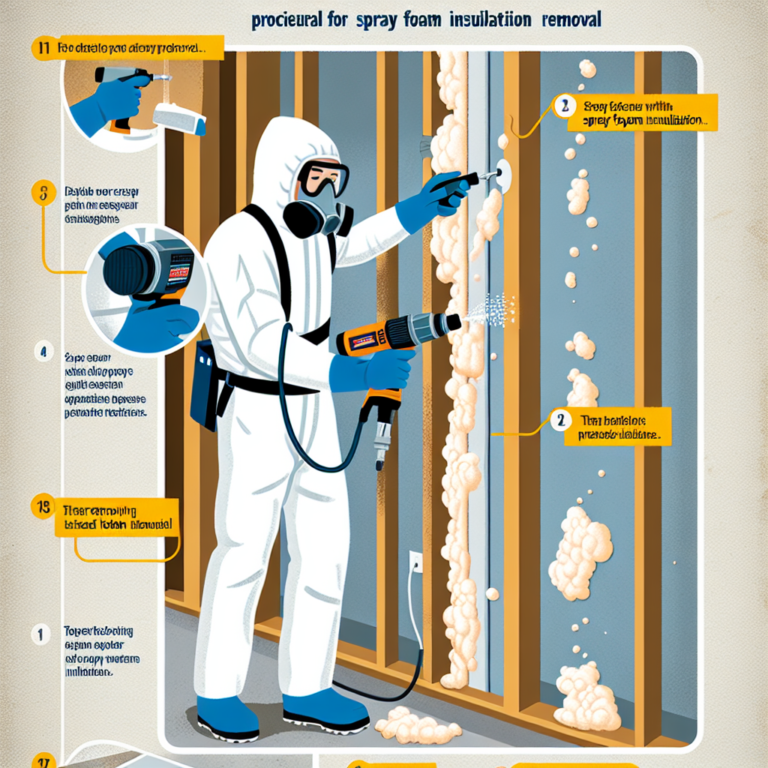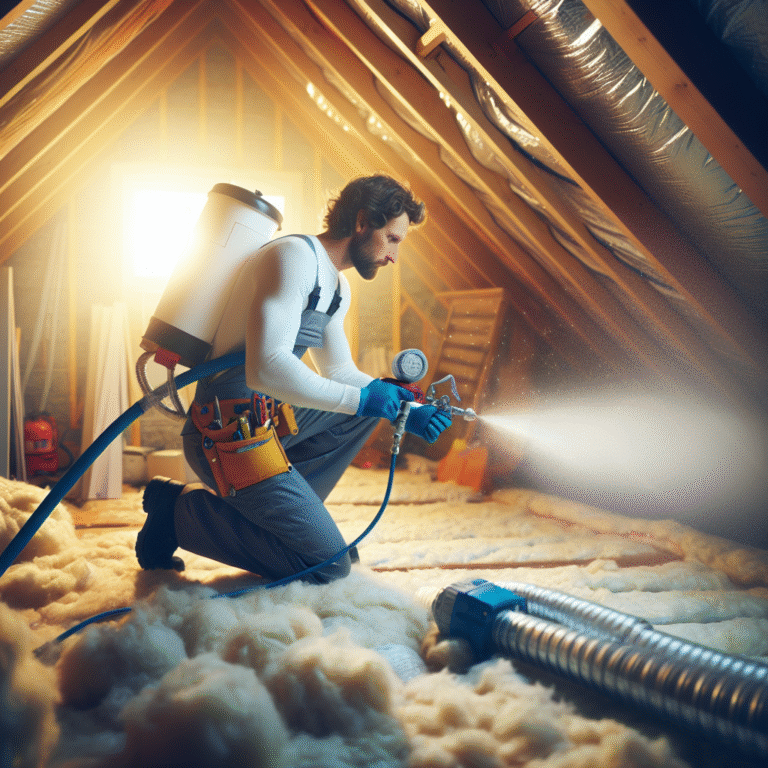Introduction
Insulation removal in Houston is more than just tearing out old material—it’s a critical step in maintaining a safe, energy-efficient home. Whether your existing insulation is damaged by moisture, contaminated by pests, or simply worn out, safe removal and replacement can protect your health, safeguard your property, and lower your utility bills. In this article, we’ll explore the true cost of insulation removal in Houston, explain why a professional approach is essential, and share practical tips to maximize your savings during the process.
H2: Understanding the True Cost of Insulation Removal in Houston
Before you schedule a removal, it helps to know what factors influence the overall price tag:
• Insulation Type
– Fiberglass batts can often be pulled down by hand, while dense-pack cellulose or spray foam requires industrial vacuums and specialized tools.
– Older homes may contain asbestos-laden insulation, triggering additional testing and abatement fees.
• Square Footage and Accessibility
– Larger attics or multi-story walls translate to more labor and time.
– Tight crawl spaces, vaulted ceilings, or obstructed attic trusses can raise labor costs by 10–20%.
• Condition and Contamination
– Water-soaked insulation must be dried, sanitized, and sometimes treated for mold before removal.
– Pest-infested batts bring added expenditures for pest control and biohazard disposal.
• Disposal and Environmental Fees
– Insulation is classified as construction waste; eco-friendly disposal may incur municipal or private dump fees.
– Hazardous materials (asbestos, lead paint residues) demand certified disposal, often at a higher rate.
• Replacement Material Choice
– After removal, you’ll invest in new insulation—fiberglass, cellulose, mineral wool, or spray foam—with R-values and cost varying widely.
On average, insulation removal in Houston runs from $1 to $2 per square foot for standard fiberglass, but projects involving mold, pests, or hazardous materials can exceed $3 per square foot. Always request a detailed estimate that breaks out each component—labor, equipment, disposal, and replacement—so you’ll know exactly what you’re paying for.
H2: Why Safe Insulation Removal in Houston Is Essential for Your Home and Wallet
1. Health Protection
– Old insulation can harbor mold spores, dust mites, and rodent droppings. Disturbing it without proper containment spreads allergens and pathogens through your HVAC system.
– Asbestos-containing materials, often found in homes built before 1980, release microscopic fibers when disrupted—fibers linked to lung disease and cancer.
Professional contractors wear protective gear, set up containment zones, and use HEPA vacuums to ensure no harmful particles escape into living areas.
2. Structural Preservation
– Wet or moldy insulation holds moisture against wooden framing, accelerating rot and weakening your home’s skeleton.
– Left unchecked, water damage can lead to costly repairs: replacing joists, sheathing, or even drywall.
Safe removal and immediate replacement restore proper thermal barriers and ventilation, keeping your structure dry and sound.
3. Energy Efficiency and Cost Savings
– Compromised insulation forces your HVAC system to work overtime, hiking energy bills by up to 30%.
– A fresh layer of high-performance insulation with correct R-values ensures stable indoor temperatures and faster ROI through lower utility costs.
4. Regulatory Compliance
– Texas building codes and local Houston ordinances mandate certain insulation standards, especially after remodeling or in commercial properties.
– Certified contractors will pull permits when necessary and deliver documentation that your new installation meets or exceeds code requirements.
H2: Maximizing Savings on Insulation Removal in Houston
• Bundle Removal and Installation
– Many contractors offer package pricing if you commit to both removal and replacement at once.
• Time Your Project Strategically
– Off-season schedules (late spring or early fall) often yield discounts as demand for insulation work dips.
• Apply for Rebates and Incentives
– Utility companies and state programs sometimes rebate up to 30% of insulation costs for energy-efficient upgrades.
• Get Multiple Quotes
– Compare at least three licensed insulation professionals. Look beyond price—evaluate experience, warranties, and cleanup standards.
• Prioritize Air Sealing
– Sealing gaps and cracks before adding new insulation magnifies its effectiveness, lowering the amount of insulation you need.
H2: Q&A
Q: How long does professional insulation removal take?
A: A typical single-family attic (1,500–2,000 sq. ft.) can be removed and prepped for replacement in one full day, assuming no hazardous materials are present.
Q: Will removal damage my drywall or ceiling?
A: When performed correctly, technicians protect flooring, HVAC vents, and finish surfaces with drop cloths and porting systems, minimizing any risk of damage.
Q: Can I stay in my home during removal?
A: While it’s possible, sensitive occupants (children, elderly, those with respiratory issues) may prefer to vacate for safety and comfort until the high-efficiency vacuums and HEPA filtering are complete.
Conclusion
Insulation removal in Houston is an investment in your home’s health, comfort, and long-term value. By choosing a professional team that follows stringent safety protocols, you protect your family from contaminants, preserve your home’s structure, and unlock energy savings that quickly offset removal and replacement costs. Ready to transform your space? Contact Texas Insulation Solution for expert, affordable insulation removal and blown-in installation. Schedule your consultation today and start enjoying a cleaner, more efficient home.












